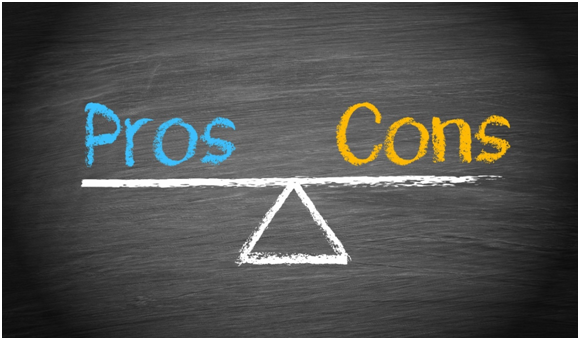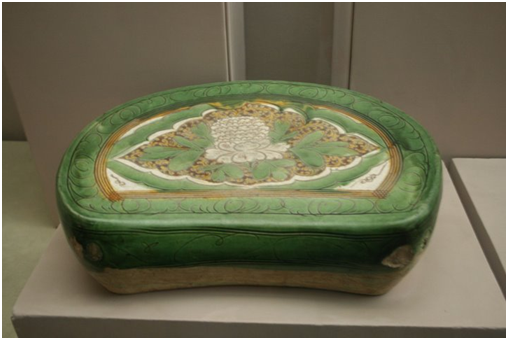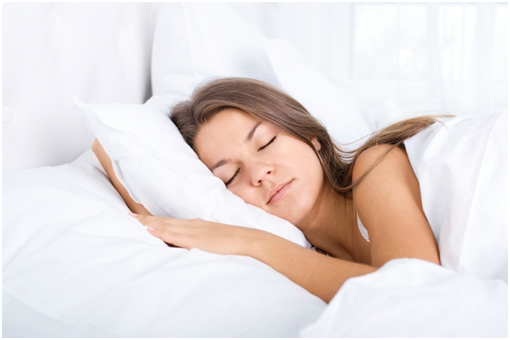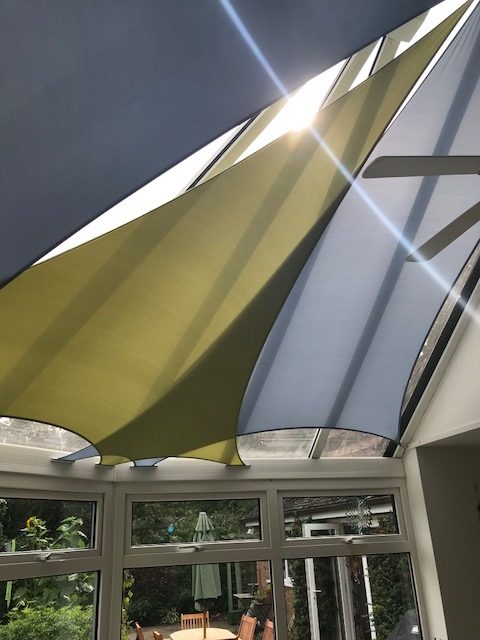The Pros and Cons of Using Pillows

The use of a pillow for sleeping dates as far back as 7,000 BC. Back then, it can be assumed that pillows were a privilege for the wealthy, used to protect the head from insects during sleep. In this day and century, however, there are still people who believe that we are the best sleeping on a flat ground without a pillow.
The use of a pillow is so old and so far, it can be safely assumed that pillow has brought no negative impacts to humans. Or is that completely true?
Origin of the Pillow

Back in the days, you’d never find a pillow made of soft memory foam. The first pillows were carved out of stones or wood and people will look up to you for owning those. They were signs of one’s social status. However, the very first functions of pillows were to relieve neck and back discomfort during sleep. They were also to prevent insects from crawling into the nose, ears or mouths.
It wasn’t until the Romans and Greeks came up with a more comfortable version of pillows that were stuffed with feather and straws that they gradually developed into the pillow that we recognize these days. Yet, there are still many citizens using the older type of pillows or simply piling up clothes to prop their head up.
Yes, we can notice that throughout the history of humanity, the use of a pillow is essential. Whether you get a rock and carve it into a headrest or pile up stacks of cloths to rest your head on, you cannot imagine sleeping without something to support your upper back and neck.
Pillow Advantages

· Support for Supine Sleepers
For people that need to get their beauty sleep, supine position is the most favorable one. Support is required around the neck and upper back to keep your sleep comfortable and maintain the health of the spine.
· Essential for Side Sleepers
The side sleepers absolutely need a pillow. The lateral position brings the head to a level that is too low and stretches one side of the neck’s muscles. If you resort to using your hands to prop your head up, the pressure applied will cause numbness. Hips, shoulders,and arms are three most affected body parts for side sleepers.
· Relief of Pressure
Sleeping on the mattress or on the floor without a pillow would mean you’re applying pressure on certain points of your body against it. It helps the body align itself against the floor and gives freedom of movement. However, the pressure applied to the head might not be as healthy as you think it is. A pillow of sorts is necessary to relieve the pressure.
· Improvement of Spinal Health
In many cases of backpain, change of pillow to an orthopedic type helps relieve the pain. It promotes the shape of a correct posture for the upper back and gives the necessary support for the neck.
The gaps between our body to the mattress or floor should also be filled. The curved shape of our spine has to be maintained throughout our 8-hour sleep to keep it healthy. A pillow is an example of a gap-filler specifically for the neck.
The Cons of Using Pillows
· Prone Sleepers
For prone sleepers, the use of pillows can cause the opposite of what one will expect. When you sleep on a flat surface, your head will face sideways and your neck is aligned at the right level with your upper back. A pillow , however, will cause the head to be propped at a slightly higher angle. This will increase pressure on the neck, causing deformation in long-term usage.
· Synthetic Materials
For those whose pillows are made of synthetic materials, it may be repelling bugs at a better rate. However, the chemical substances that are contained in your pillow can become the new main problem. It is the problem that humans of the new era create.
Several non-natural chemicals are necessary to provide the softness and comfort that people want at the expense of dangerous exposure to them. It is not necessarily so if the manufacturer uses all-natural latex instead of these materials, although it will emit a special odor during the first week. It is completely safe for the user to keep using it, as long as it is maintained well.
· Housing of Unwanted Creatures
The first headrests were made out of wood and stone that was probably simply covered with cloths. They were uncomfortable, but they definitely did a better job at preventing small creatures from crawling up to your head when you sleep. However, it is different with our pillow today.
With the materials and softness caused by the small holes in the pillow, it can turn into a thriving ecosystem of dust mites and other disgusting creatures. If one is not careful and diligent enough to care for it, you will be inhaling dangerous spores and dust every night.
· Wrinkles
For the prone sleepers, wrinkles and acne are some common problems for them. By pressing one side of your face against the pillow, you’re creating wrinkles on your own and wiping your face against the pillow (which may not be always clean). As you prevent your face from breathing, it will increase its production of oil.
· BackPain
There are many people experiencing better sleep after they throw their pillows away. There can be several reasons that the pillow is causing them pain. Most of the time, it is the wrong choice of pillow. Take 2bear latex pillow as an example. This kind of pillow is ideal for neck and back pain. It all boils down to choosing the right pillow.
Choosing a pillow of the correct height is important. Each of us has slight differences in height and shape of skeletons. Those differences are the reasons why we can feel comfortable with a different type of pillow. The quest for these people, then, is to find the right one for them, or not use them at all!
Bottom Line
With so many pros and cons in the use of a pillow, it is important to note that many of these depend on how one usesthe pillows. The choice of the pillow will also determine whether you will feel comfort or pain after sleeping on it. There is also no right pillow for everyone; it depends on your preferences as well as needs and habits.
The most important function of a pillow is to provide support and comfort, so it all depends on how you choose the one that fits your head and back.

